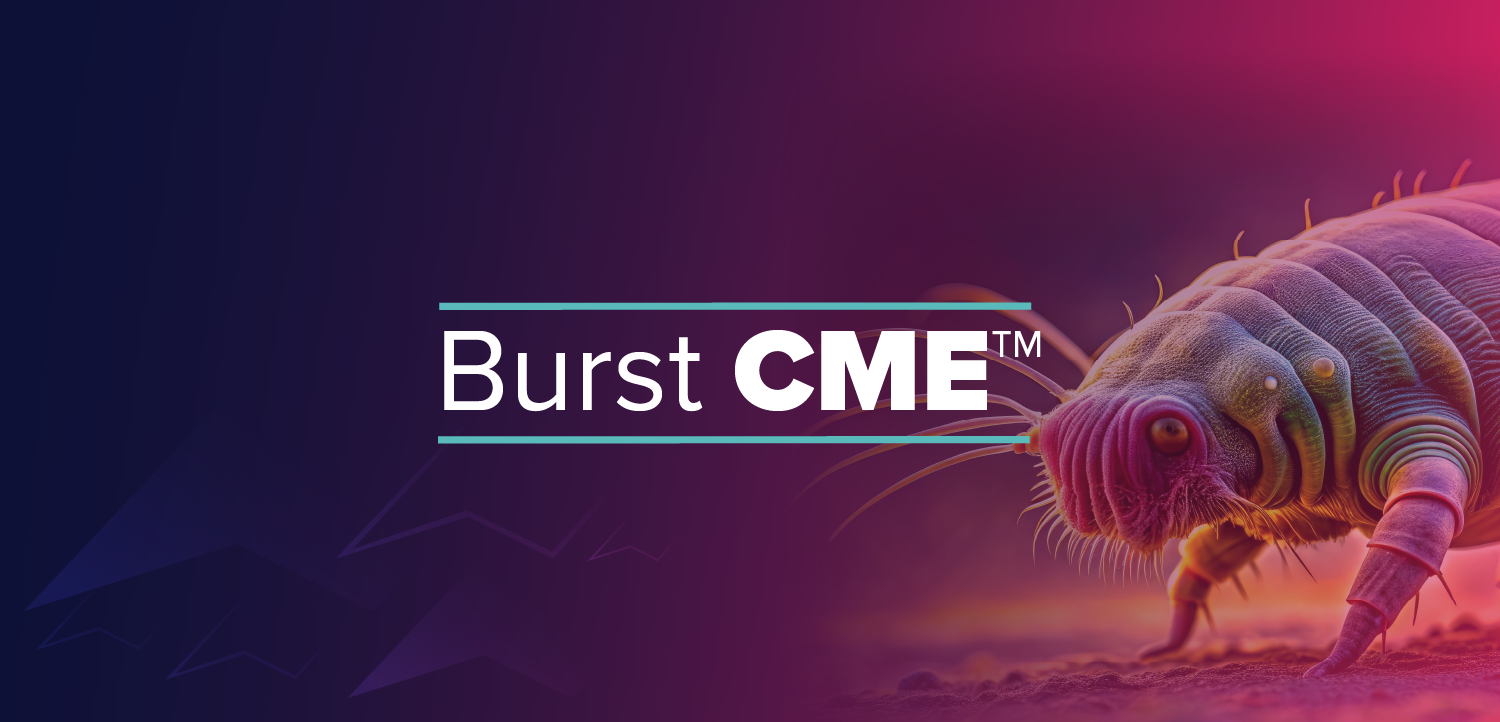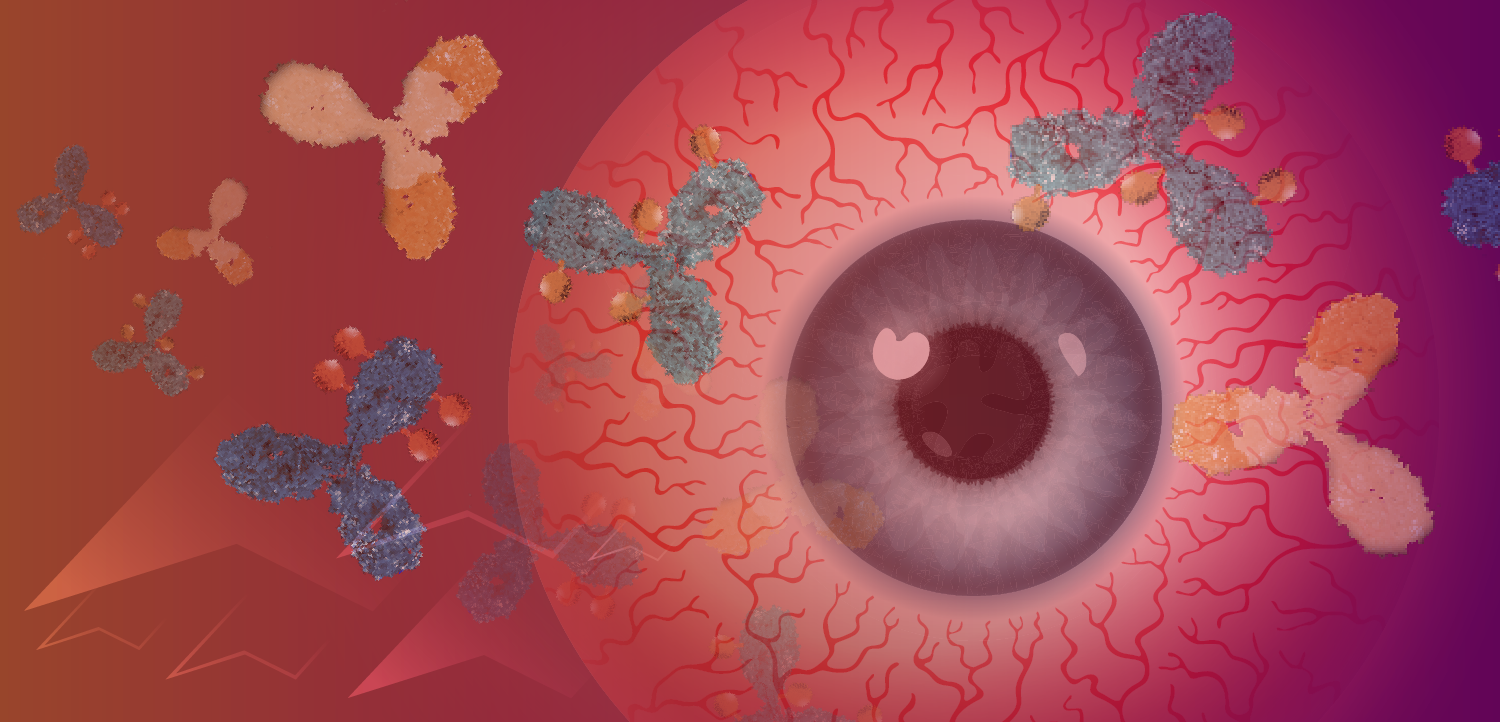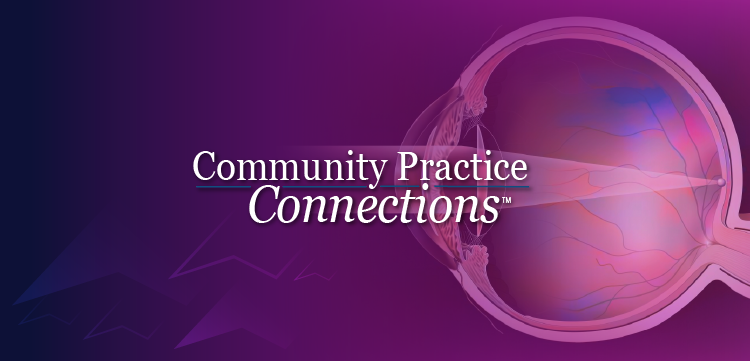OCT devices hold promise
The future of OCT seems almost limitless and for Dr Jay S. Duker, many more new innovations are expected.
The future of OCT seems almost limitless and for Dr Jay S. Duker, many more new innovations are expected.
"The OCT story is one of engineering success triumphing over darkness," said Dr Duker. In looking at the history of the technology he explained that time domain was very useful but not perfect with registration errors, skip areas, software breakdowns and, often, inadequate resolution. Spectral domain technology has been commercially available since 2006 and is faster than the previous time domain OCT.
However, in Dr Duker's opinion the innovations do not stop there. "We will see better light sources with broader bandwidths that theoretically get axial resolution down to 1 µm," he said. Not only this, but he believes there will be longer wavelengths in the future that will enable better penetration of the optic nerve and choroid for better disease insight and less scattering to improve through-cataract imaging.
Increased speed is another advancement that will happen soon. The swept source OCT is set to become commercially available shortly and will offer much faster scan speeds. Dr Duker explained that these quicker devices will also provide a higher pixel density to allow visualization of high-quality images.
"High speed over large areas will provide beautiful video images that will allow cross-sectional scans to be obtained of virtually any retinal layer from the inner retina to the capillaries to the outer retina and into the optic nerve," he added. "This technology might even supplant fluorescein angiography and even indocyanine green angiography "
If you would like to read more about the promise OCT devices hold, Dr Duker's article can be found in the May print issue of OTEurope.
Newsletter
Get the essential updates shaping the future of pharma manufacturing and compliance—subscribe today to Pharmaceutical Technology and never miss a breakthrough.











































